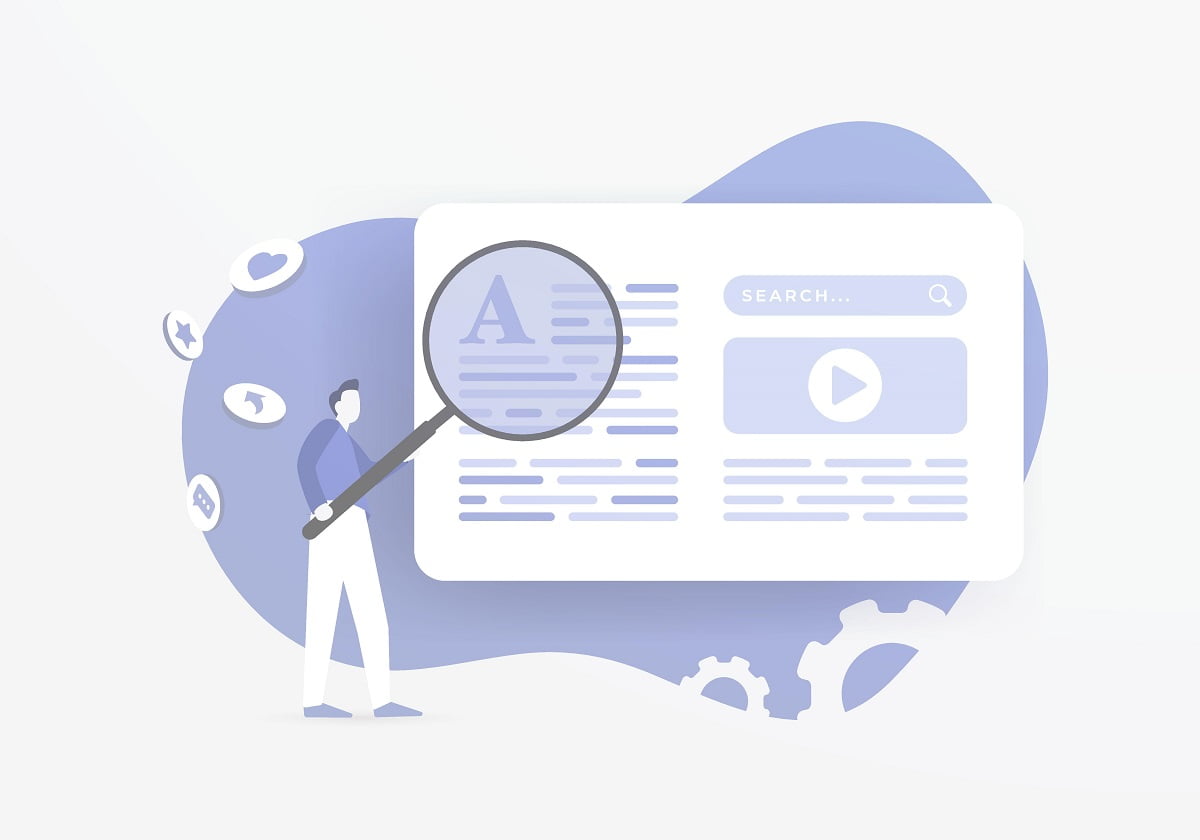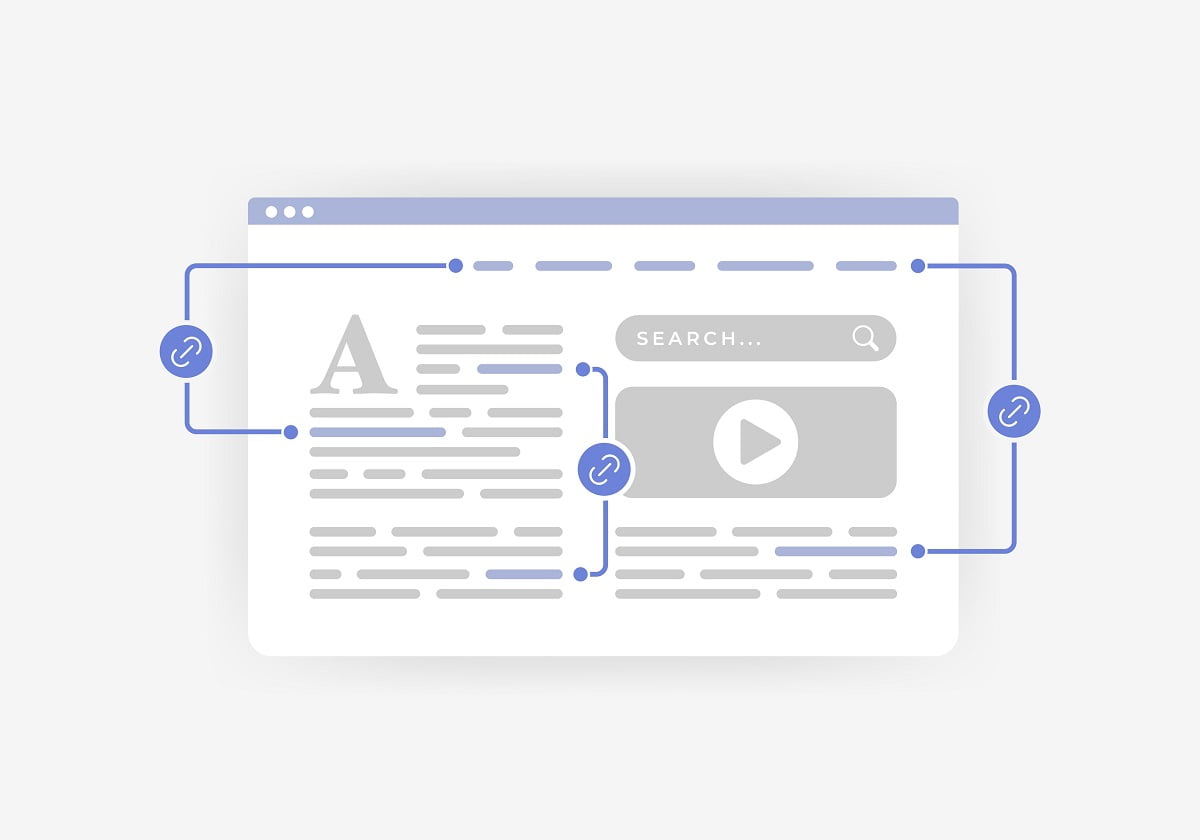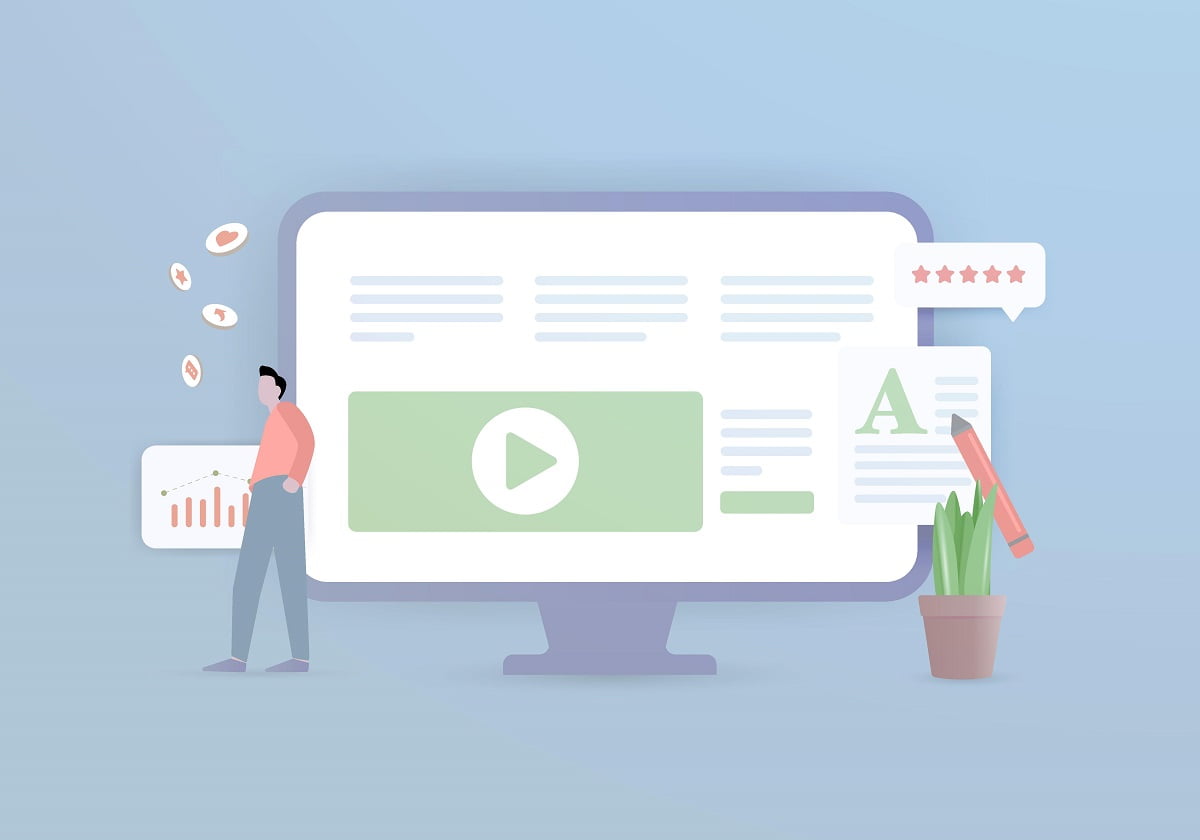Top Writing Tips for Bloggers – Maximize Your Craft

Are you looking to enhance your blog writing skills? Are you struggling to create engaging content that resonates with your audience? Look no further! In this section, we will provide you with essential writing tips for bloggers to help you maximize your craft and create high-quality content that attracts and retains readers.
Key Takeaways:
- Developing a clear and compelling blogging voice is essential for engaging your audience.
- Understanding your target audience can help you create content that meets their needs and interests.
- Effective planning plays a crucial role in ensuring your blog posts are well-structured and organized.
- Captivating introductions are essential for grabbing readers’ attention and enticing them to keep reading.
- Using clear and concise language can help you convey your message effectively and ensure your readers understand your content.
Develop a Clear and Compelling Blogging Voice
As a blogger, your writing style is what sets you apart from the rest. Developing a unique voice that resonates with your audience is essential to keep them coming back for more. Here are some writing advice tips to help you improve your blogging voice:
- Find inspiration from other writers and bloggers. Read their work and take note of what draws you in and makes their writing unique. Use these insights to shape your style.
- Write like you speak. Your writing should sound natural and conversational, as if you were talking to your readers face-to-face.
- Use sensory words to create a vivid picture in your reader’s mind. This helps to keep them engaged and interested in your content.
- Show your personality through your writing. Don’t be afraid to inject humor, sarcasm, or personal anecdotes into your posts.
- Edit and proofread your work to remove any mistakes or inconsistencies that may distract your readers from your message.
By developing a clear and compelling voice, you can create a loyal following of readers who appreciate your unique perspective and writing style.
Understand Your Target Audience
To create compelling content, you need to understand who your target audience is. This means you need to know their demographics, interests, and pain points.
Knowing your audience allows you to tailor your content specifically to them, making it more engaging and relevant. This, in turn, increases the chances of your audience sharing your content and coming back for more.
To get to know your target audience, you can use tools like Google Analytics to gather insights about your website visitors. You can also conduct surveys, polls, and focus groups to get feedback directly from your audience.
Creating Buyer Personas
One effective way to understand your target audience is to create buyer personas. A buyer persona is a detailed description of your ideal customer, including their age, gender, education, job, income, interests, and pain points.
| Sample Buyer Persona | |
|---|---|
| Name | Sarah Johnson |
| Age | 35 |
| Gender | Female |
| Education | Bachelor’s degree |
| Job | Marketing specialist |
| Income | $60,000 – $80,000 |
| Interests | Travel, fashion, personal development |
| Pain Points | Lack of time, stress, overwhelm |
By creating detailed buyer personas, you can better understand your audience’s motivations, goals, and challenges. This will allow you to create content that speaks directly to them and inspires them to take action.
- Research your audience’s demographics, interests, and pain points
- Use tools like Google Analytics to gather insights
- Conduct surveys, polls, and focus groups to get feedback
- Create detailed buyer personas to understand your audience’s motivations and goals
Writing Tips for Bloggers
Writing a successful blog post requires careful preparation and planning. By following these writing tips for bloggers and blog post writing tips, you can achieve more engaging and meaningful content.
Brainstorm Ideas
The first step to planning your blog posts is to come up with ideas for topics. Consider your niche or industry, and think about the questions or challenges your target audience is likely to face.
- Research the latest trends and news in your field.
- Engage with your audience on social media to identify their interests and needs.
- Brainstorm ideas with colleagues or other bloggers in your industry.
Create Outlines
Once you have a few potential topics in mind, create an outline for each one. Outlines can help you organize your thoughts and ensure that each post has a clear structure and focus.
- Begin with a working title that accurately reflects your post’s content.
- Outline the main points or sections you want to cover.
- Identify any research or sources you will need to gather.
Organize Your Content
After creating an outline, organize your content to ensure that your post flows well and is easy to read. Arrange your ideas in a logical order and use subheadings, lists, and other formatting elements to make your post visually engaging and easy to scan.
- Group related ideas into manageable sections.
- Use subheadings to introduce new topics or sections.
- Break up long paragraphs into shorter, more readable chunks of text.
Use a Content Calendar
A content calendar is a useful tool for planning your blog posts and ensuring that you publish them on a regular schedule. By mapping out your ideas in advance, you can avoid writer’s block and maintain your momentum.
- Set a publishing schedule that works for you and your audience.
- Plan your posts several weeks or even months in advance.
- Use tools like Google Calendar or Trello to organize your content and deadlines.
By applying these writing tips for bloggers and blog post writing tips, you can take your blog content to the next level and engage your audience in new and meaningful ways.

Write Engaging Introductions
When it comes to writing a blog, an introduction is crucial to capture readers’ attention and encourage them to read further. A compelling introduction should provide a brief overview of the topic and highlight what your readers can expect to learn from your post. Here are some tips for crafting captivating introductions:
- Start with a question: Ask your readers a thought-provoking question that piques their interest and encourages them to read on.
- Share a personal story: Use a personal anecdote to connect with your readers and establish a sense of relatability.
- Use an interesting fact or statistic: Share a surprising fact or statistic related to your topic to grab readers’ attention.
- Ask readers to imagine: Engage readers’ imagination by asking them to visualize a scenario related to your topic.
Remember, your introduction sets the tone for your entire post, so make sure it’s engaging and relevant to your audience. By using these tips, you can write introductions that capture readers’ attention and entice them to keep reading.
Use Clear and Concise Language
One of the keys to effective writing is using clear and concise language. This helps to ensure that your readers understand your message without confusion or misunderstanding. When writing for your blog, it’s important to keep in mind that your readers are likely looking for information that is easy to understand and digest.
Here are some tips for using clear and concise language:
- Avoid complex sentence structures or jargon that may be difficult for your readers to understand.
- Use short sentences whenever possible to break up longer paragraphs and keep your message clear.
- Stick to one main idea per paragraph to avoid confusion and ensure that your message is clear.
- Use active voice instead of passive voice to keep your writing clear and engaging.
By using clear and concise language in your blog posts, you can ensure that your readers understand your message and are more likely to engage with your content. This is an important part of improving your writing skills as a blogger.
Incorporate Visual Elements
As a blogger, you want to capture your reader’s attention with creative and engaging content. Visual elements such as images, infographics, and videos bring life to your blog posts and help you convey your message in a compelling way. Research shows that blog posts with visuals receive more views and engagement than text-only posts.
When incorporating visual elements in your blog posts, consider the following tips:
- Ensure that the visuals you use are relevant to your content.
- Use high-quality images and videos that are visually appealing and add value to your content.
- Provide proper attribution for any visuals that are not your own.
- Use infographics to present complex information in an easy-to-understand format.
- Do not overuse visual elements as this may make your post feel cluttered or overwhelming.
By incorporating visual elements into your blog posts, you can improve the overall readability and shareability of your content. So don’t be afraid to get creative and experiment with different types of visuals to make your blog posts stand out!
Edit and Proofread Your Blog Posts
Effective writing is an ongoing process that requires careful editing and proofreading. After crafting your content, take some time to review it carefully, looking for any errors in grammar, syntax, or spelling. Simple mistakes can detract from your message, so it is vital to catch and correct them before hitting publish.
When proofreading your blog post, look for ways to improve your writing skills for bloggers. This may involve restructuring sentences to improve flow, choosing more precise vocabulary for clarity, or simply trimming the fat to reduce unnecessary words.
When editing and proofreading your work, consider inviting someone else to review it as well. Another set of eyes can provide fresh perspective and may catch errors you missed.
By taking the time to edit and proofread your blog posts, you can ensure that your content stands out for the right reasons. Polished writing will help you to communicate your message effectively and demonstrate your commitment to quality.
Conclusion
Congratulations on completing this comprehensive guide on writing tips for bloggers. By implementing the strategies outlined in this article, you can improve your writing skills and create engaging content that resonates with your target audience. Remember to develop a unique blogging voice, understand your target audience, plan your blog posts effectively, write engaging introductions, use clear and concise language, incorporate visual elements, and edit and proofread your blog posts.
Whether you are a beginner or a seasoned blogger, these tips for successful blogging can help you take your craft to the next level. By following these effective writing tips for bloggers, you can write better blogs and achieve your blogging goals. So what are you waiting for? Start implementing these blog writing tips today and take your blog to new heights!





